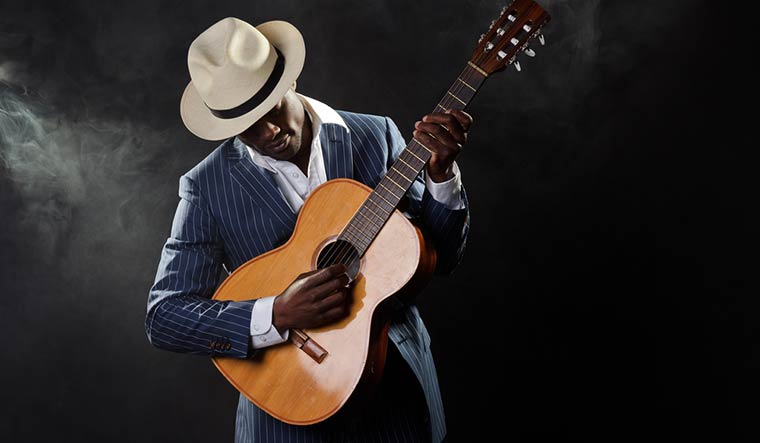What part of the brain do people use for creative thinking? A new research refutes the assumption that creativity is a product of the brain’s right hemisphere.
A new brain imaging study from Drexel University's Creativity Research Lab throws light on this popular notion by analysing the brain activity of jazz guitarists during improvisation.
The study, published in the journal NeuroImage, showed that creativity is, in fact, driven primarily by the right hemisphere in musicians who are comparatively inexperienced at improvisation. However, musicians who are highly experienced at improvisation rely primarily on their left hemisphere. This suggests that creativity is a ‘right-brain ability’ when a person deals with an unfamiliar situation but that creativity draws on well-learned, left-hemisphere routines when a person is experienced at the task.
The team, led by David Rosen, chief operations officer of Secret Chord Laboratories, recorded high-density electroencephalograms (EEGs) from 32 jazz guitar players, which included highly experienced as well as less experienced. Each musician improvised to six jazz lead sheets (songs) with programmed drums, bass and piano accompaniment. The 192 recorded jazz improvisations (six jazz songs by 32 participants) were subsequently played for four expert jazz musicians and teachers individually so they could rate each for creativity and other qualities.
The researchers analysed the EEGs recorded during highly rated performances and the EEGs recorded during performances that were rated to be less creative. For highly rated performances compared with less-creative performances, there was greater activity in posterior left-hemisphere areas of the brain; for performances with lower ratings compared with those with higher ratings, there was greater activity in right-hemisphere, mostly frontal, areas.
The team came to the conclusion that the brain activity changes with experience, an advance that could contribute to the development of new methods for training people to be creative in their field. For instance, when a person is an expert after long experience, the performance comes primarily by relatively unconscious, automatic processes like 'rule of the thumb'.
In contrast, novices’ performances tend to be under deliberate, conscious control. Thus, they are better able to make adjustments according to instructions given by a teacher or coach. Recordings of brain activity could reveal the point at which a performer is ready to release some conscious control and rely on unconscious, well-learned routines. Releasing conscious control prematurely may cause the performer to lock-in bad habits or non-optimal technique.


